Neuroscience
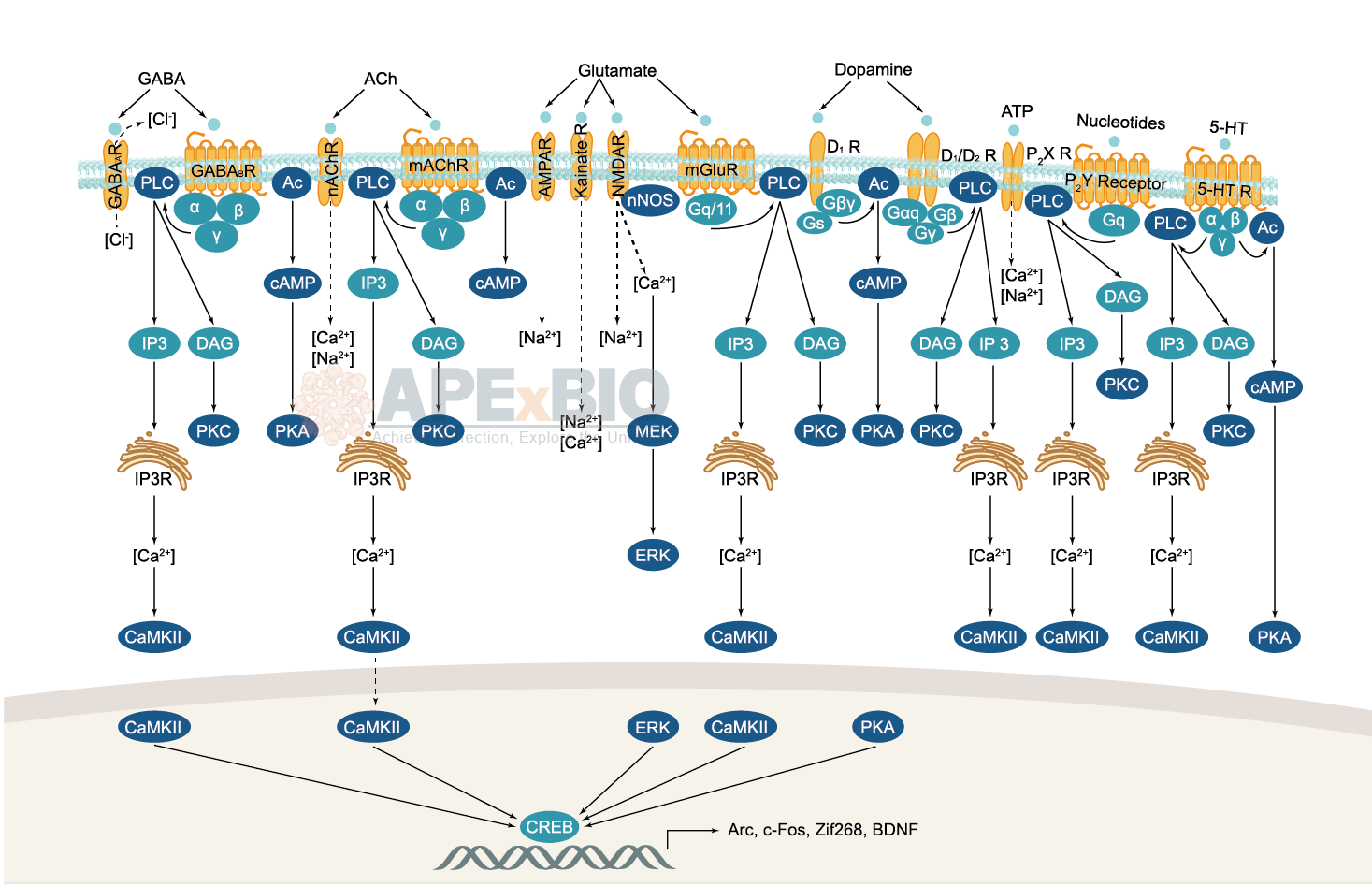
Neurotransmitter receptors function via various G-protein coupled and G-protein independent mechanisms that activate downstream intracellular signaling pathways such as cAMP/PKA, PI3K/AKT, phospholipase A2, and phospholipase C pathways. For instance, dopamine receptors act through adenylate cyclase to activate PKA and other signaling molecules, thereby mediate gene expression through the actions of CREB and other transcription factors. Other neurotransmitters such as NMDAR or AMPAR are associated with ion channels that control flux of Ca2+ and Na+, thus propagating the action potential across the post-synaptic neuron.
Dysfunctions in GABAergic/glutamatergic/serotonergic/dopaminergic pathways result in a broad range of neurological disorders such as chronic pain, neurodegenerative diseases, and insomnia, as well as mental disorders including schizophrenia, bipolar disorder, depression, and addiction.
-
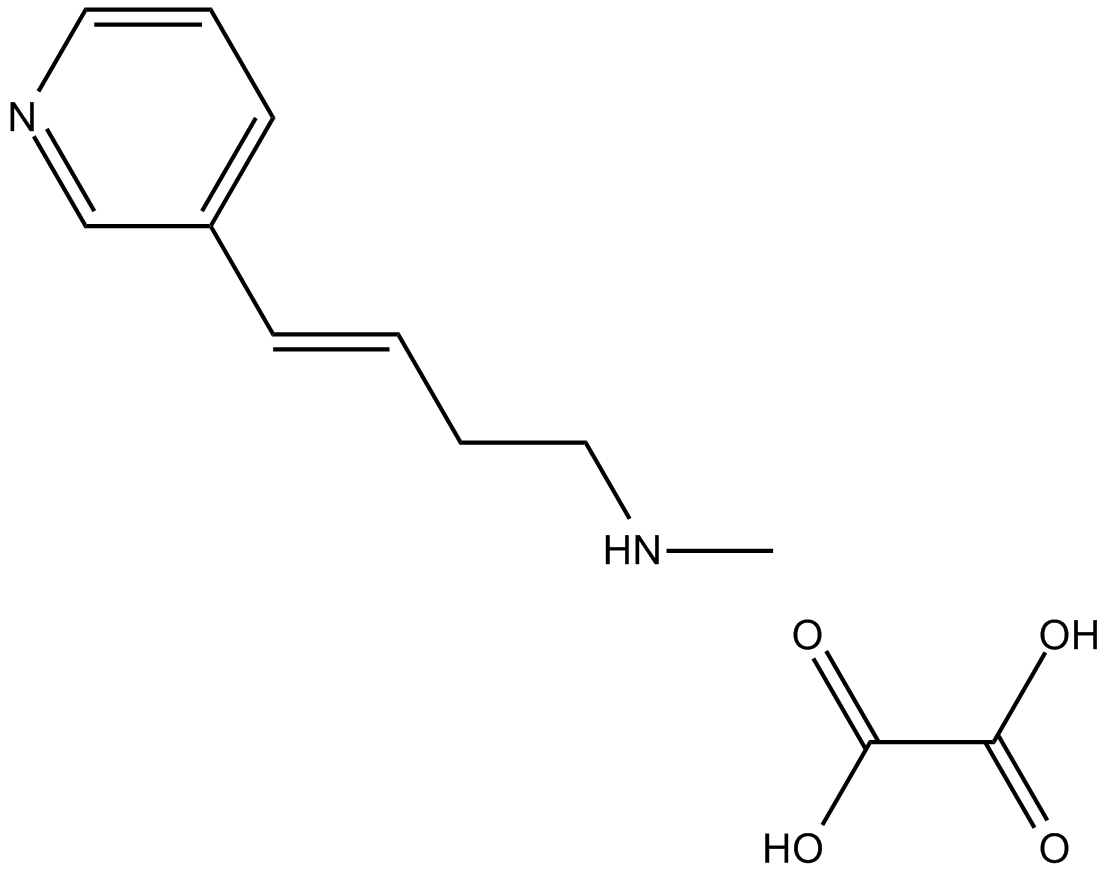 A3770 RJR-2403 oxalateSummary: Nicotinic receptor agonist
A3770 RJR-2403 oxalateSummary: Nicotinic receptor agonist -
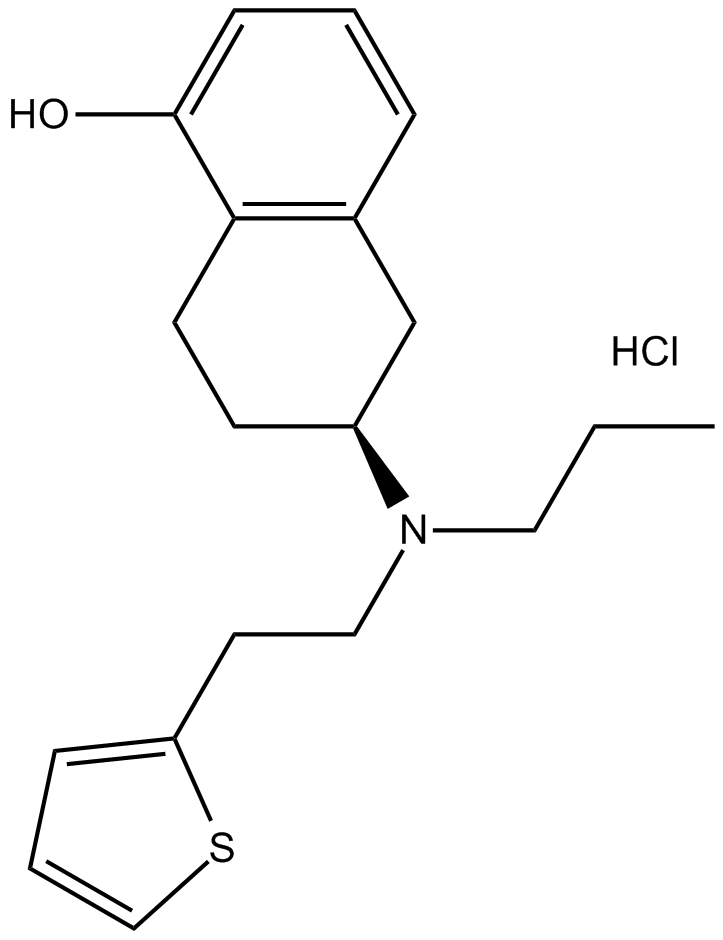 A3777 Rotigotine hydrochlorideSummary: Agonist of dopamine D2/D3 receptor
A3777 Rotigotine hydrochlorideSummary: Agonist of dopamine D2/D3 receptor -
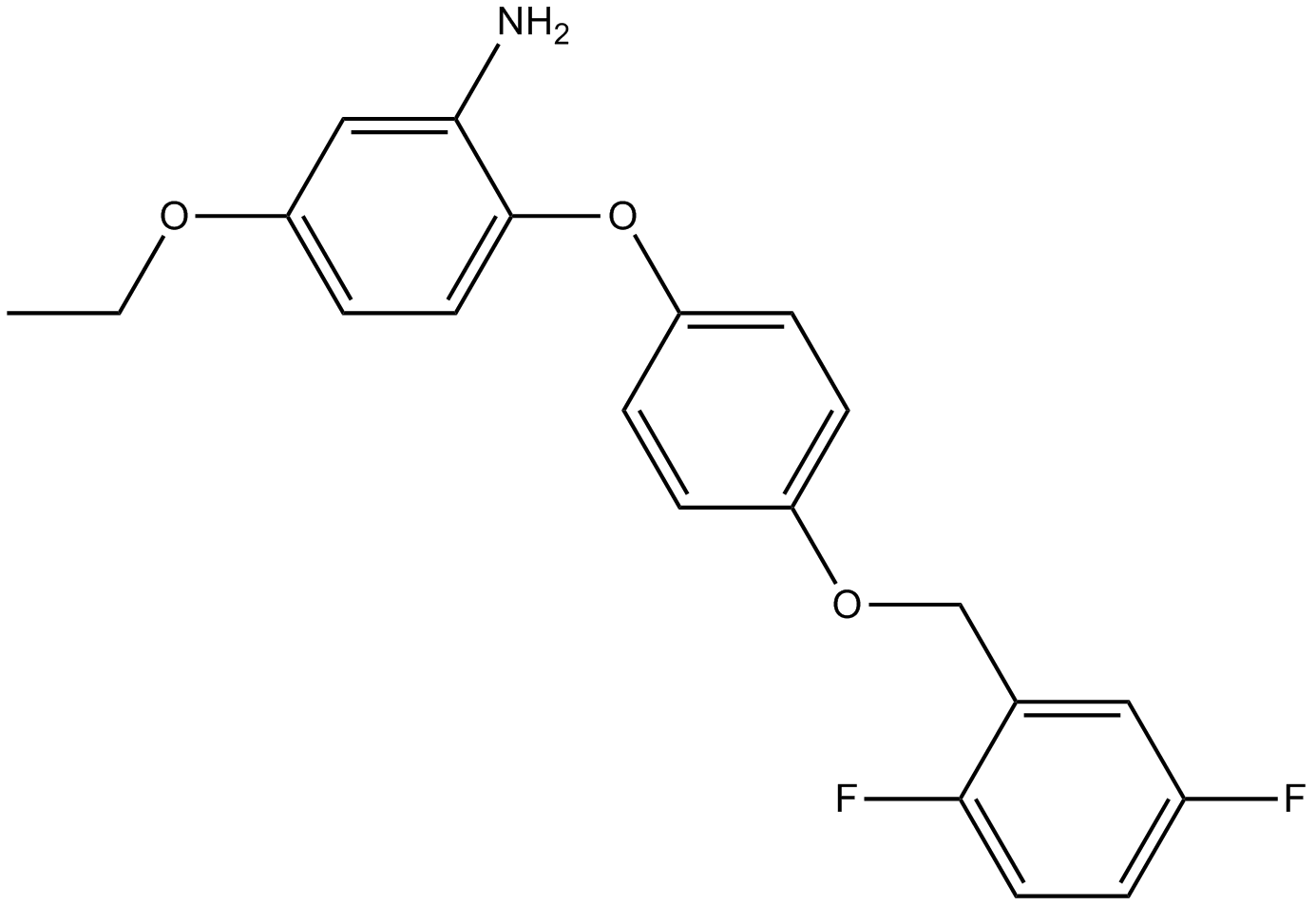 A3811 SEA04004 CitationTarget: Na /Ca2 Exchangers (NCXs)Summary: Specific inhibitor of Na+/Ca2+ exchange
A3811 SEA04004 CitationTarget: Na /Ca2 Exchangers (NCXs)Summary: Specific inhibitor of Na+/Ca2+ exchange -
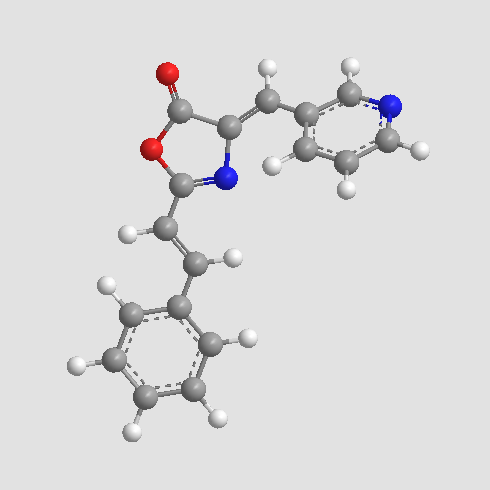 A3862 TC-DAPK 6Summary: DAPK inhibitor
A3862 TC-DAPK 6Summary: DAPK inhibitor -
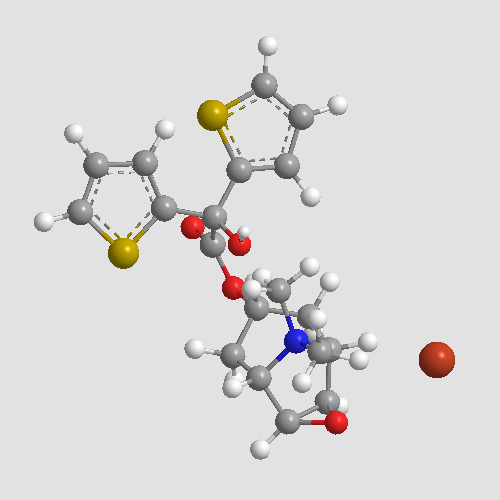 A3874 Tiotropium BromideTarget: AChRSummary: MAChR M antagonist
A3874 Tiotropium BromideTarget: AChRSummary: MAChR M antagonist -
 A3918 VilazodoneSummary: Combined SSRI and 5-HT1A receptor partial agonist
A3918 VilazodoneSummary: Combined SSRI and 5-HT1A receptor partial agonist -
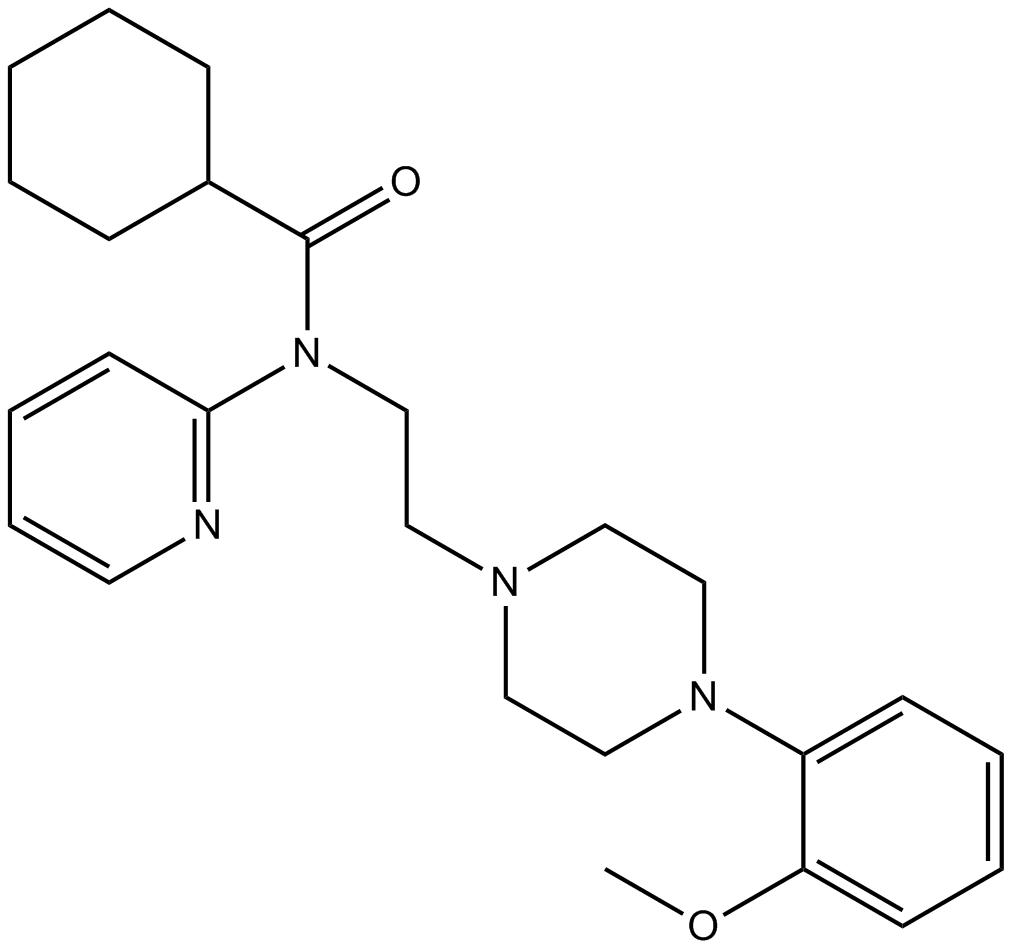 A3933 WAY-100635Summary: 5-HT1A receptor antagonist,potent and selective
A3933 WAY-100635Summary: 5-HT1A receptor antagonist,potent and selective -
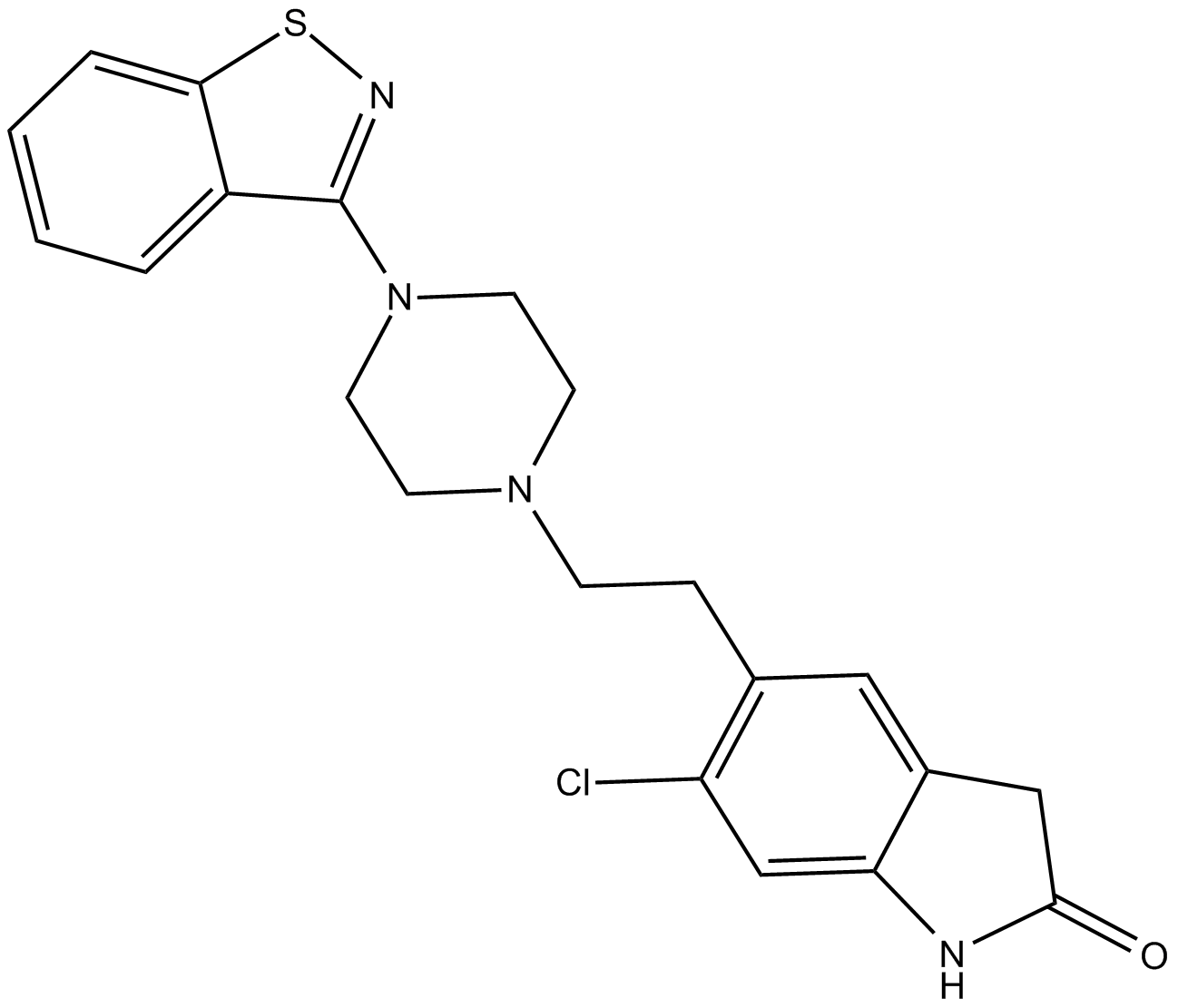 A3952 ZiprasidoneSummary: 5-HT (serotonin)/dopamine receptor antagonist
A3952 ZiprasidoneSummary: 5-HT (serotonin)/dopamine receptor antagonist -
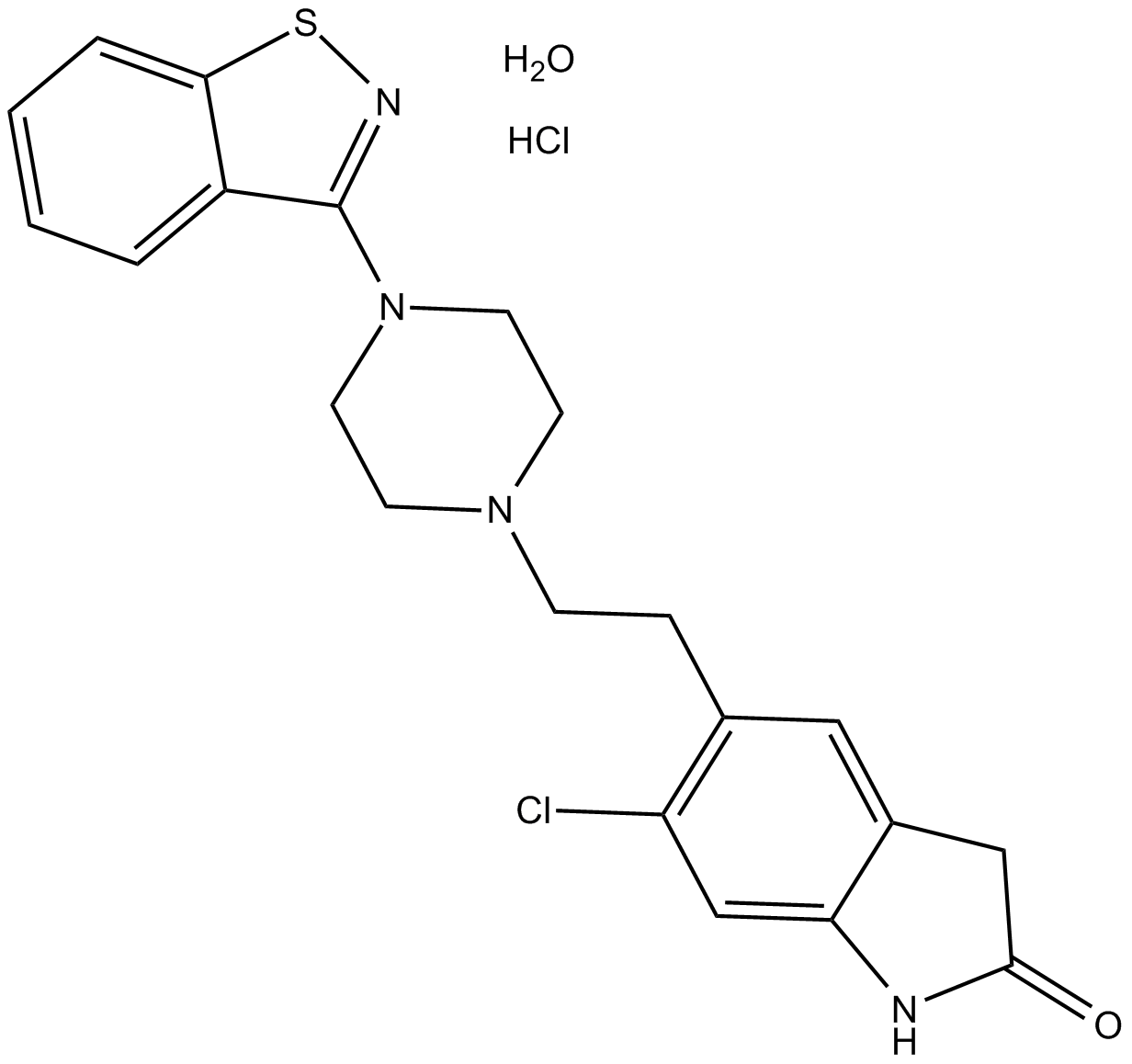 A3953 Ziprasidone hydrochloride monohydrateSummary: 5-HT (serotonin)/dopamine receptor antagonist
A3953 Ziprasidone hydrochloride monohydrateSummary: 5-HT (serotonin)/dopamine receptor antagonist -
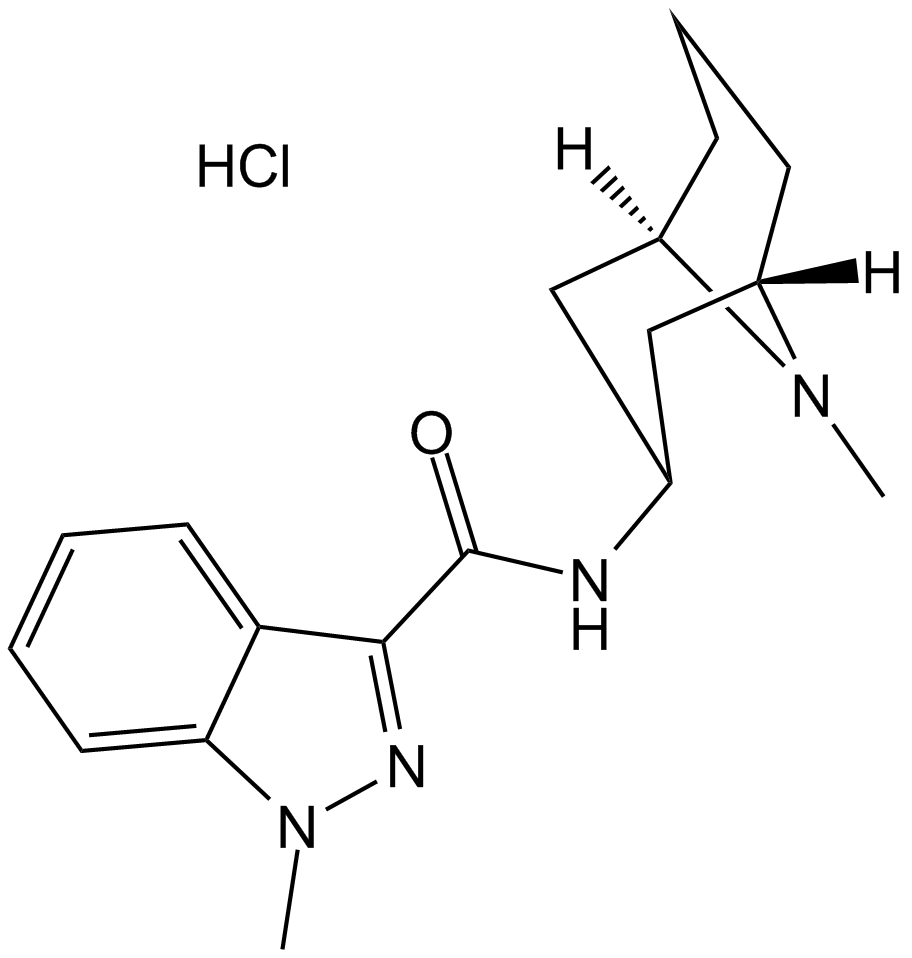 A1295 Granisetron HClSummary: 5-HT3 receptor antagonist
A1295 Granisetron HClSummary: 5-HT3 receptor antagonist

